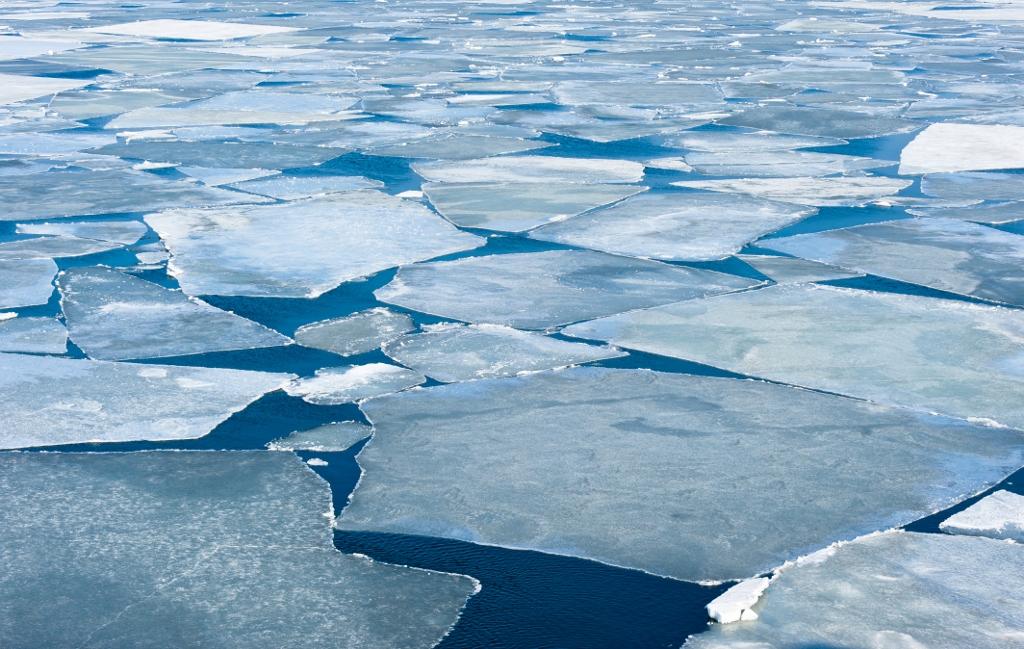Mixing in the Arctic Ocean
The ocean circulation and vertical stratification in the Arctic Ocean are sensitive to background mixing levels. Mixing is enhanced along boundaries and topography relative to the quiescent interior.
Main content
The Arctic ice cover, a crucial component of the Earth climate system, depends on a delicate heat balance in which the oceanic vertical heat flux (implied by mixing of warm deeper waters upwards towards the ice) is important. Mixing in the stratified ocean is related to internal wave energy, which tends to be low under the Arctic Ocean ice cover. Consequently, as ice cover declines, background mixing may increase and, among other changes, bring more Atlantic Water heat to the surface to melt ice, a potentially important positive climate feedback. To understand the influence of background mixing and to improve models of the changing Arctic Ocean, we study the energy pathways leading to mixing in the Arctic Ocean.
Our observational data sets are typically collected from drifting ice camps in the central Arctic Ocean or in the region north of Svalbard. Previous studies show enhanced heat fluxes and turbulent mixing north of Svalbard, notably around Yermak Plateau. Mixing of Atlantic Water up towards the surface is anticipated to be enhanced above such bathymetric features and along the boundaries, and hence a part of our research is directed toward such hot spots of mixing.
The relatively quiescent interior water column and the hydrography favorable for double diffusion convection (temperature and salinity increasing with depth) suggest that vertical heat transfer by diffusive convection can be important for the modification of the Atlantic layer in the central basins of the Arctic Ocean. At the Geophysical Institute, we conduct research to quantify the role of double diffusion and the generation and maintenance of thermohaline fronts.
Contact: Ilker Fer
Projects:
Arctic Ocean Mixing (ARCOM)
Internal hydraulic processes in an Arctic fjord (ARCFJORD)
